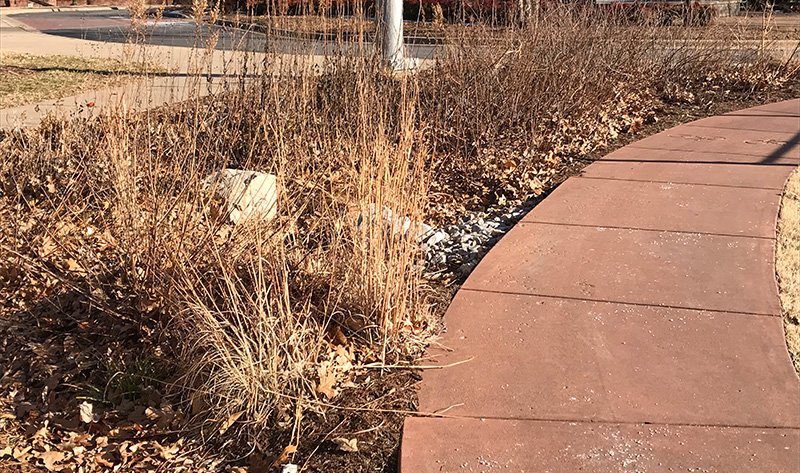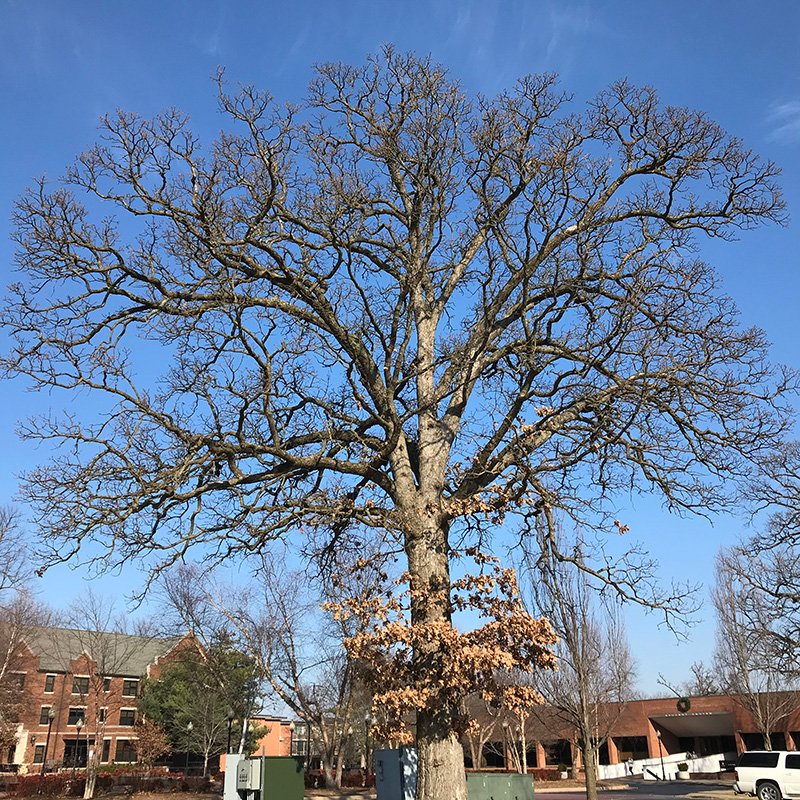Appreciate the Winter Landscape...
For many of us in the green industry, our landscapes experience four seasons every year. The flush of spring gives way to the deep lushness of summer, which gives way to the fall colors as the seasons follow their inexorable progression. Yet as fall slips into winter we are presented with the starkest of seasons we face for our grounds. Winter weather and cold temps challenge grounds people while performing cool season duties such as dormant pruning, snow removal, and even construction projects. Winter is often seen as an inconvenience to be endured until spring breaks forth. Our teams and customers simply pass time while this season, lacking any perceived redeeming value, passes ever so slowly. Instead, let's look at why the winter landscape should be appreciated every bit as much as those of the other three seasons.
The Amazing Function of the Winter Landscape
There is a common misconception amongst many people (even gardeners) that the winter landscape is lifeless while it waits for spring rejuvenation. Seeing winter as a void couldn’t be farther from the truth. Turfgrass roots continue to grow in winter albeit slowly. Soil organisms are still active helping to create fertile soil necessary for all plants. Leaf litter and faded plants provide harborage for insects that will be a vital part of the life/nutrient cycling next growing season. Trees live on all winter even while enduring the very cold temperatures they cannot escape. On our campus the Redtail hawks, rabbits, chickadees, etc. are year-round residents to be seen more easily since there are no leaves to hide them. Winter teems but requires some nuance to appreciate it.

The Unique Appearance of the Winter Garden
People rightfully love the landscape of spring, summer and fall. Flowering plants, flowing leaves, ample color, and pleasant temperatures are wonderful to appreciate. Appreciating the winter landscape can be easy too. In winter the biggest benefit is there are no leaves to get in the way of what you might see. The ever-present, but unseen branch structure of trees and shrubs is readily observed. Changing sunlight trajectory and intensity color the landscape in hues and shadow that will be absent come the growing season. Aspects of the plants and landscape such as bark texture, berries, growth habit, etc. all present themselves for the visitor’s enjoyment. One of the aspects I like best about the winter landscape is solitude. The opportunity to be alone yet surrounded by nature is increasing difficult in our lives but can be very refreshing.

Why Don’t We Enjoy the Winter Garden?
So how did we ever get to the point where, from a landscape appreciation standpoint, 1/4 of our year is basically spent waiting for a different season? If I had to guess, one answer may be that winter survival was challenging for animals (humans animals included). Animals and plants responded by hibernating (dormancy), or at least hoarding resources to last through the cold/barren season. This may have left a deep biological impact on us. Of course, the natural life cycles of cool/cold temperate climates play a part. There simply are few plants visibly growing during this time. Little opportunity exists for cultivation of the landscape and no opportunity for harvesting from it except for maybe firewood. But in light of modern life, there is some opportunity for leisure time to appreciate the winter landscape, yet too often we don’t.
In light of modern life, there is opportunity for leisure time to appreciate the winter landscape, yet too often we don’t...
Don’t Wait for Spring in November
If you were to suggest to anyone in commercial grounds management that winter is downtime, they would literally laugh. Approaching winter as just a dormant period shortchanges the importance to truly make the landscape a year-round attraction. The practice of “putting beds to sleep” is counterproductive. What we are really doing in this instance is removing the interesting vestiges of the landscape and replacing them with, well, nothing. Far better it would be to leave this spent growth as a marker of what had been, and of what is to be again. Our landscapes are expected to meet our customers needs every day. If your customer (be it a potential student or golfer) can only visit one day during the winter, doesn’t it make more sense to provide as much landscape interest as possible rather than insinuate “just come back in spring when it really looks good”?

Revel in The Winter Landscape
The winter landscape is wondrously unique. The myriad plants, animals and organisms that make up our gardens must have winter to survive. It is an amazing time of recuperation, resilience, and ultimately rebirth. It is a time to see the basic structure of the garden in a new and wholly unique interpretation. Winter provides the opportunity to differentiate your garden from others because everybody looks good in spring. Only the best landscapes look good in winter. So, when December rolls into January, don’t get spring fever quite yet. Stay in the present season a little longer and see the magic winter instills in the landscape.



2 Comments
Recommended Comments